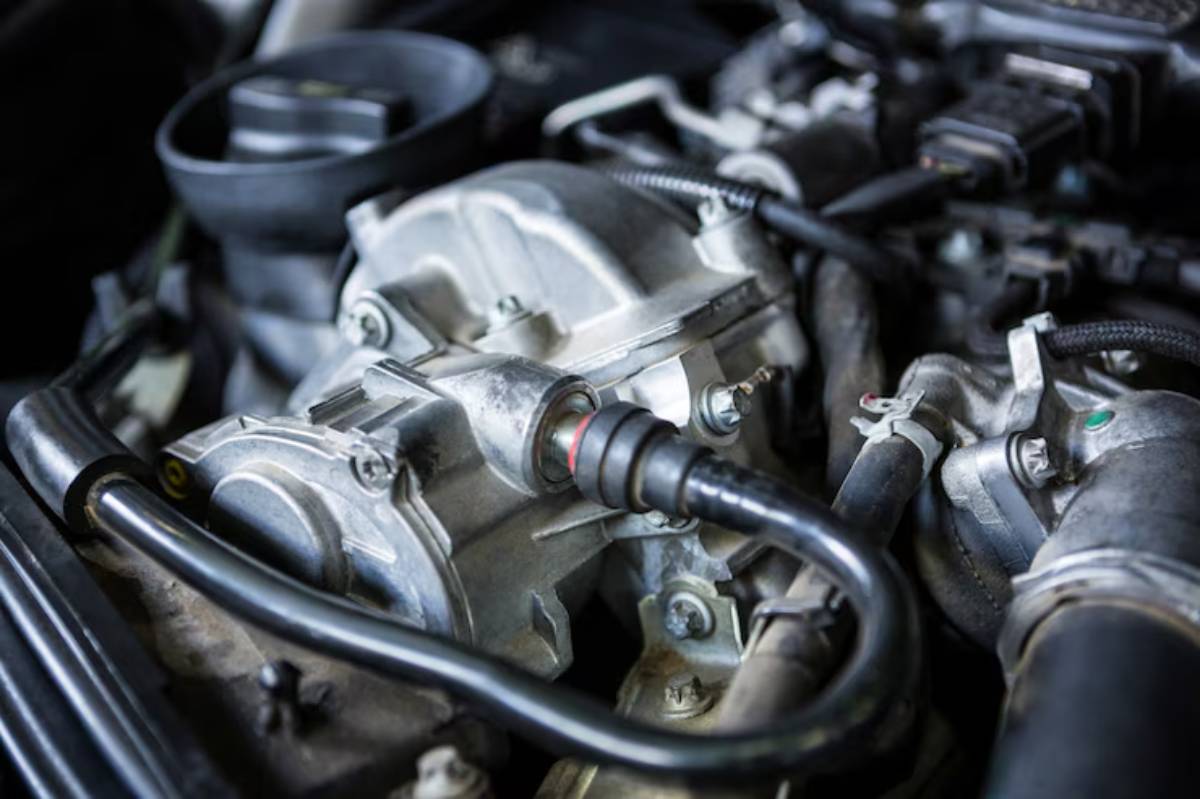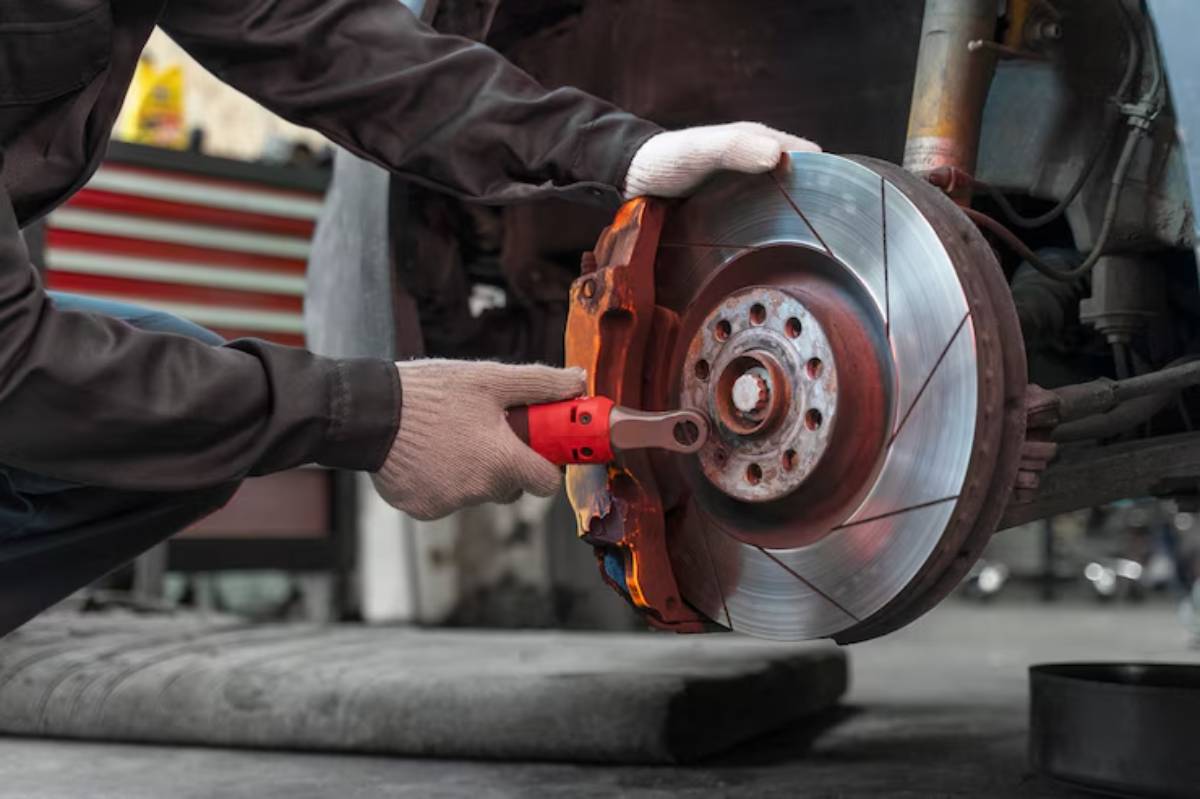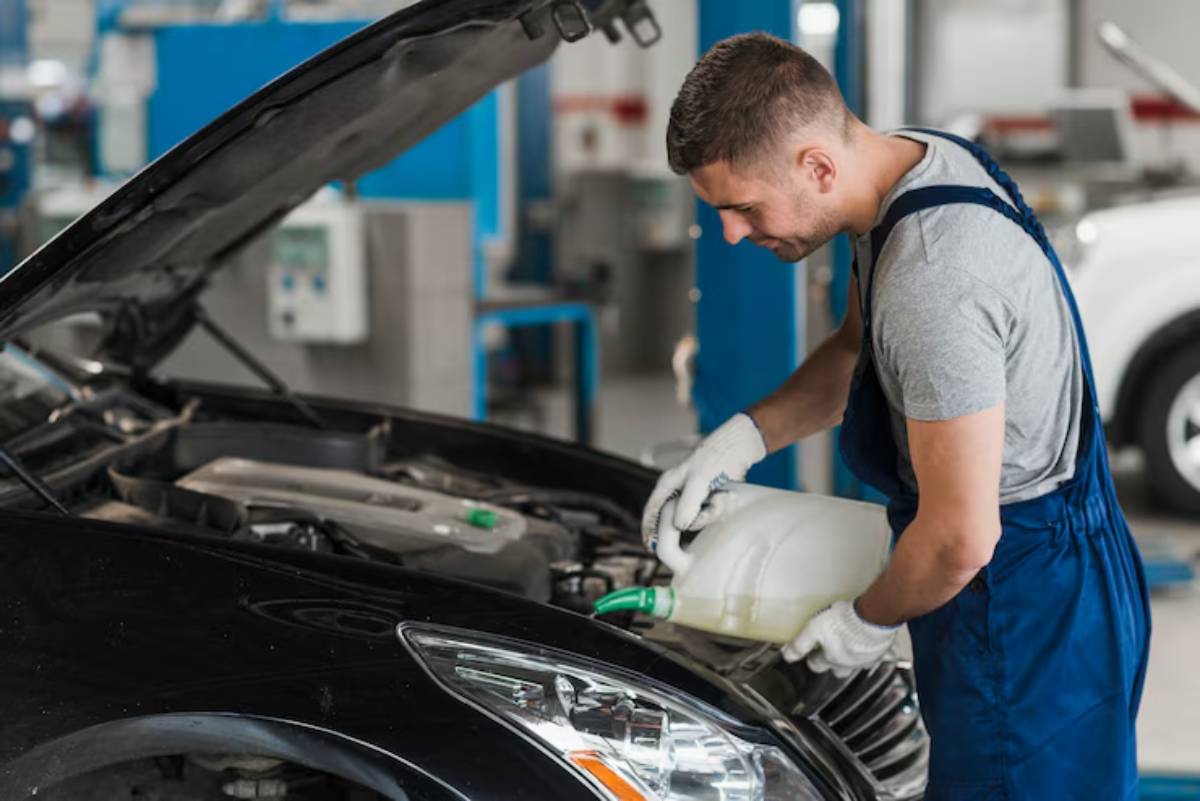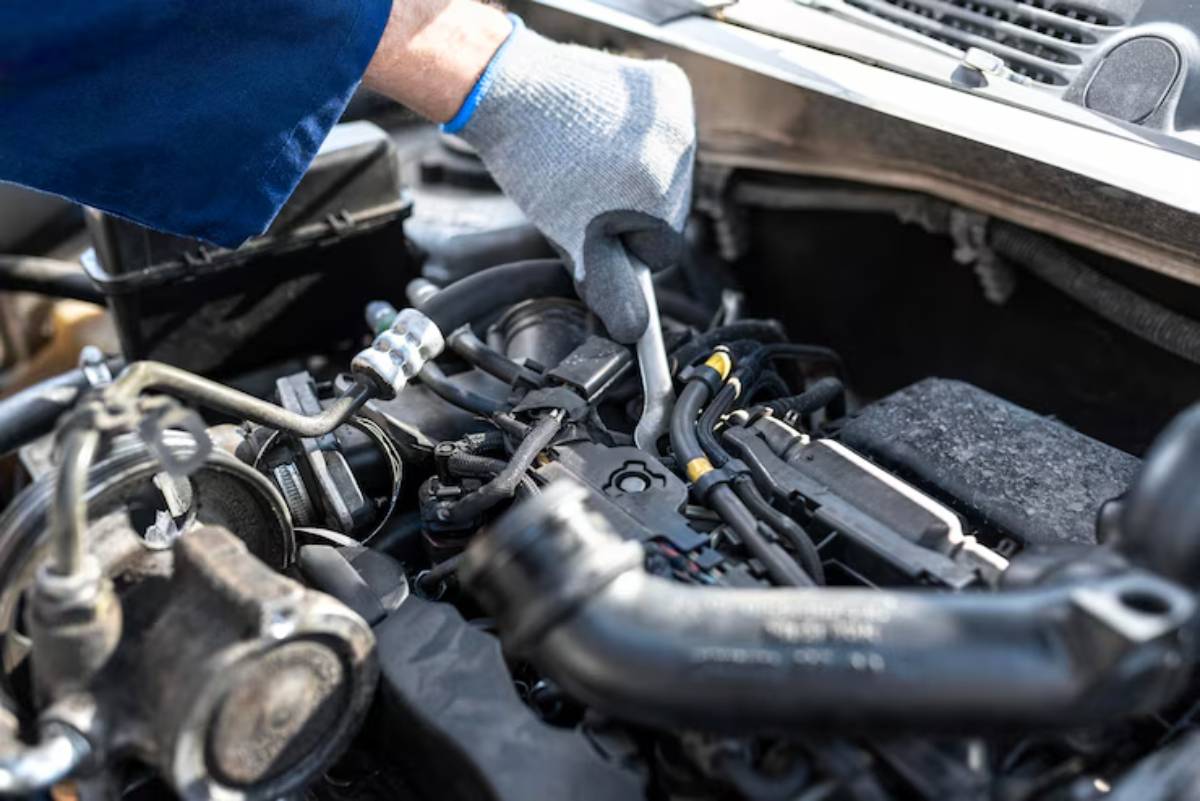
Common Transmission Issues in Hybrid Vehicles: What to Watch and How to Fix Them
You love your hybrid for its quiet drive, smooth handling, and fuel efficiency. But like any sophisticated machine, it’s not immune to wear and tear, especially when it comes to the transmission system.
Hybrids have revolutionised driving with innovative powertrains, but they also come with unique complexities. Many models use CVTs (Continuously Variable Transmissions) or eCVT systems that behave very differently from traditional gearboxes. While they’re often more reliable than older automatics, they still experience issues, and when they do, it can be tricky to spot.
In this blog, we’ll explore the most common hybrid transmission problems, walk you through essential CVT hybrid issues, and offer expert-level hybrid drivetrain troubleshooting tips. Whether you drive a Prius, Ioniq, Accord Hybrid, or another green machine, this guide is your roadmap to a smoother, longer-lasting transmission.
Understanding Hybrid Transmissions

What Makes Hybrid Transmissions Unique?
Hybrid cars often use an eCVT (electronic continuously variable transmission), which is unlike traditional step-gear systems. Rather than fixed gears, eCVTs use:
- Planetary gearsets
- Electric motors
- Software-controlled power blending between the engine and motor
This setup provides:
- Seamless acceleration
- Fewer moving parts
- Better fuel efficiency
But it also means troubleshooting can require specialised knowledge, especially when both petrol and electric systems interact.
1. Slipping or Hesitation When Accelerating
Symptoms:
- Engine revs increase without a proportional rise in speed
- Sudden jolts or a lack of response when pressing the accelerator
- Feels like the car is “thinking” before moving
Possible Causes:
- Worn CVT belt or pulleys (in belt-driven CVTs)
- Software glitch in the transmission control unit
- Low or degraded transmission fluid
Fix:
- Check and replace CVT fluid according to the manufacturer’s schedule
- Perform a software update or reset
- Inspect for fault codes using an OBD-II scanner designed for hybrid systems
For hybrid CVT care tips, check out Tips for Maintaining a CVT in a Hybrid Car.
2. Overheating Transmission
Symptoms:
- Warning lights on the dash (especially “Check Hybrid System”)
- Sudden drops in power after prolonged driving
- Burning smell from the engine bay
Possible Causes:
- Old or low fluid levels
- Clogged cooling pathways
- Heavy towing or steep hill driving without proper cooling
Fix:
- Flush and replace transmission fluid
- Inspect and clean the transmission cooler or fan
- For plug-in hybrids, ensure battery thermal management is functioning correctly
Pro tip: Overheating can damage both the transmission and the hybrid system. Always address it promptly.
3. Strange Noises from the Transmission Area
Symptoms:
- Whining, grinding, or humming sounds under load
- Clicking or popping when shifting gears or during regen braking
- Rattles at low speeds
Possible Causes:
- Worn bearings or internal gear wear
- Loose components in the planetary gear set
- Issues with motor-generator unit (MGU) integration
Fix:
- Get a hybrid specialist to inspect the system
- Replace worn-out parts before they affect related systems
- Run a complete drivetrain diagnostic
4. Shuddering or Jerking at Low Speeds
Symptoms:
- The car shakes during low-speed acceleration
- Mild vibrations felt through the seat or steering wheel
- Feels worse when the car switches between electric and petrol mode
Possible Causes:
- Contaminated or incompatible transmission fluid
- Misfiring in the hybrid power split device
- Mount or bushing wear causing drivetrain misalignment
Fix:
- Replace fluid with OEM-approved type
- Inspect the engine-transmission mounts
- Run a software calibration on regen braking and drive modes
This problem often overlaps with hybrid drivetrain troubleshooting needs — a thorough check of both mechanical and electric systems is essential.
5. Transmission Warning Light or Error Codes
Symptoms:
- A gear icon, wrench light, or “Check Hybrid System” message
- Loss of regenerative braking
- The car enters “limp mode” (limited speed and power)
Possible Causes:
- Sensor failure (e.g., transmission speed sensor)
- Inverter faults affecting power delivery
- Software bugs in the transmission control module (TCM)
Fix:
- Use a hybrid-capable OBD-II scanner to read transmission-specific fault codes
- Perform a hard reset if advised (disconnect 12V battery for a few minutes)
- Book in for a firmware update or reflash from the manufacturer
6. Inconsistent Regenerative Braking Behaviour
While not always thought of as a transmission issue, regen braking is tightly integrated with hybrid drivetrain functions.
Symptoms:
- The car slows too abruptly or doesn’t slow enough
- Regen doesn’t engage when you lift off the accelerator
- Regen system unavailable when battery is full
Possible Causes:
- Malfunction in the transmission or planetary gearset
- Battery charge level affecting energy capture
- Faulty regen brake sensors or software misalignment
Fix:
- Calibrate the regen braking system
- Inspect battery SOC (State of Charge) and thermal control
- Run a hybrid system diagnostic scan
You can dive deeper into this topic in our guide How Regenerative Braking Works in Hybrids.
7. Fluid Leaks Around Transmission Housing
Symptoms:
- Pink, reddish, or brown fluid spots under the car
- Drops in fluid levels seen on inspection
- Overheating during long drives
Possible Causes:
- Worn seals or gaskets
- Cracks in the transmission pan or casing
- Loose drain plug or fill bolt
Fix:
- Replace worn seals with hybrid-specific parts
- Reseal or replace the transmission pan
- Top off fluid and check levels with the correct procedure (many hybrids require precise temperature-based checks)
How to Extend the Life of Your Hybrid Transmission
Here’s what you can do to prevent problems before they arise:
1. Stick to the Fluid Schedule
Change or inspect the fluid every 60,000–100,000 km, depending on the make.
2. Avoid Aggressive Driving
Fast starts, hard stops, and excessive loads wear down the transmission faster.
3. Keep Software Up to Date
Dealership updates can fix bugs and optimise performance — ask for one at each service.
4. Watch for Warning Signs
The earlier you catch issues, the cheaper and easier they are to fix.
5. Choose Hybrid-Savvy Technicians
Not every garage has the training or tools for hybrid transmission servicing. Look for hybrid-certified mechanics or workshops with EV experience.
Do CVTs in Hybrids Fail Often?
The good news? CVTs in hybrids are generally more reliable than their older petrol counterparts. Here’s why:
- Fewer mechanical parts
- Smarter software control
- Lower stress thanks to electric motor assistance
Still, when issues do arise, they often require specialised fixes. That’s why routine care is so important.
Conclusion: Stay Ahead of Transmission Trouble
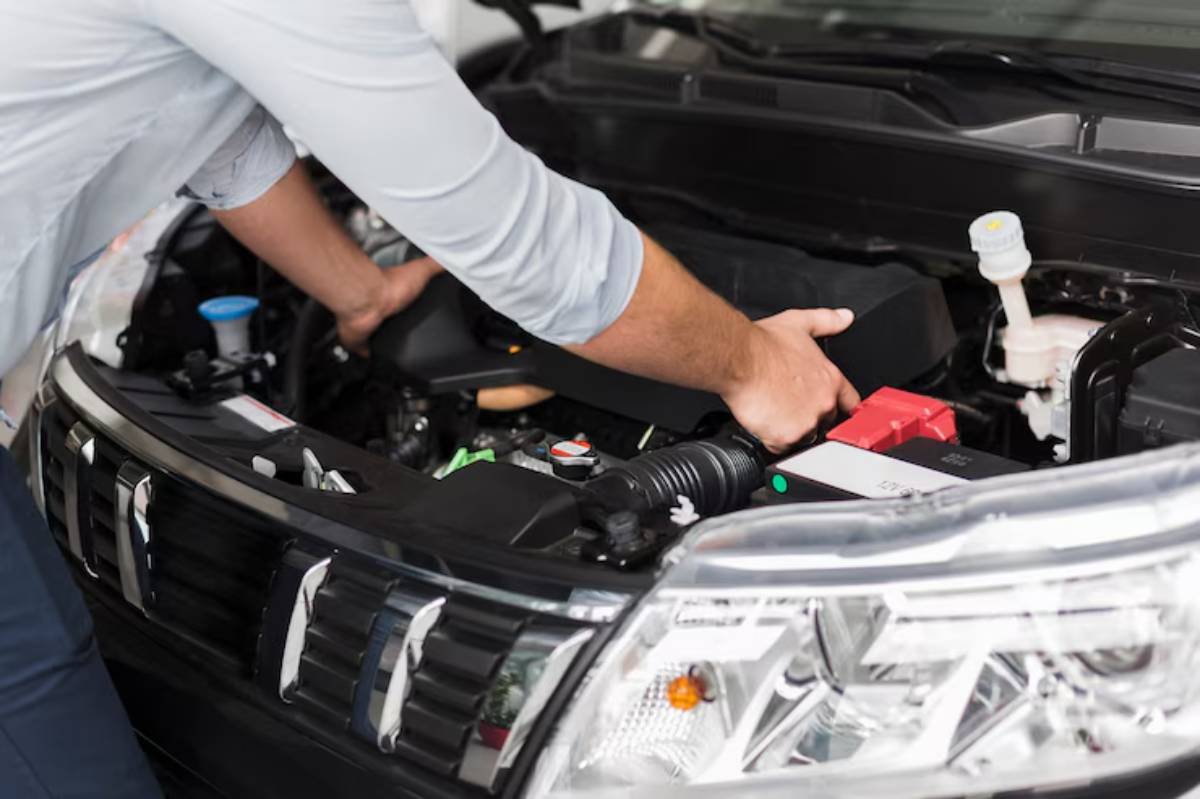
Hybrid cars offer cutting-edge efficiency, but they also come with their own unique quirks. When it comes to hybrid transmission problems, early detection is your best friend. Understanding the interaction between your car’s CVT, electric motors, and power control systems will help you take better care of it — and save a bundle on costly repairs down the line.
By recognising symptoms like slipping, strange noises, or warning lights — and acting quickly — you’re protecting the heart of your hybrid drivetrain.
What’s next?
- Check your service history and fluid condition
- Book a diagnostic scan if you’ve noticed anything odd
- Share this guide with other hybrid owners who might be overlooking key transmission care
Want to know how to maintain your CVT the right way? Read our in-depth guide on Tips for Maintaining a CVT in a Hybrid Car.
